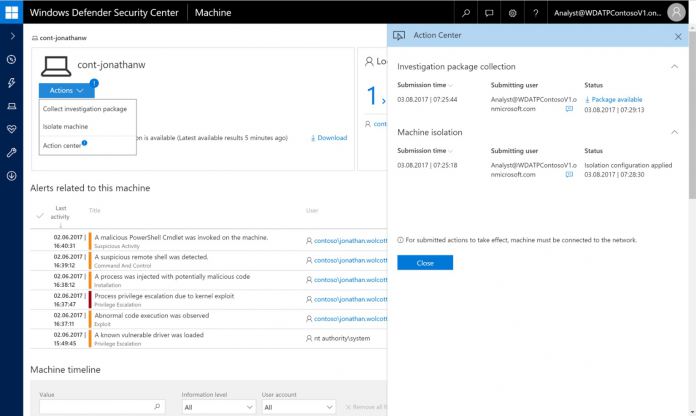However, the percentage of users on 7.1 and 8 still trumps 10. With a rise in malware, NSA leaks, and more, those protections are becoming even more essential. As a result, Microsoft is launching Windows Defender Advanced Threat Protection on both versions. “We hear from our customer’s security is one of the biggest motivators for their move to Windows 10. Meanwhile, we know that while in their transition, some may have a mix of Windows 10 and Windows 7 devices in their environments,” explains Microsoft’s Rob Lefferts. “We want to help our customers achieve the best security possible on their way to Windows 10 ahead of the end of support for Windows 7 in January 2020.”
A Shift to Post-Breach Thinking
Specifically, Microsoft is porting over the ATP’s Endpoint Detection & Response (EDR) functionality. The behavioral solution will give security teams “rich insights” into threats, available via a cloud-based console. The functionality could help protect against methods such as EternalSynergy, an NSA-leaked exploit that was recently ported to all major Windows versions. ATP is designed to discover threats that have made it past traditional defenses, acting more as a post-breach tool. It’s a welcome change of direction for the company, who was previously under fire for its failure to protect Windows XP against WannaCry. The move shows it’s willing to support users where it can. According to Lefferts, a public preview will launch this spring on both Windows 7 and 8.1.




